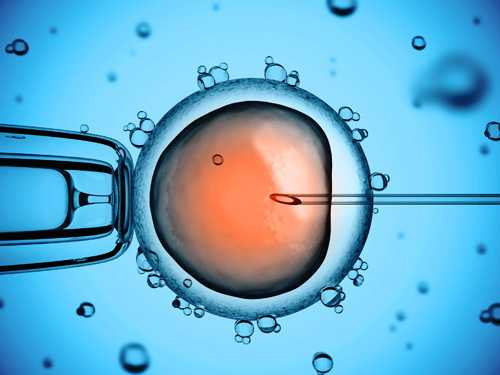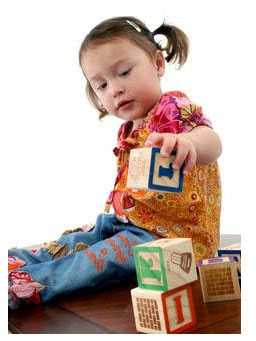Key Findings: The association between assisted reproductive technology and autism spectrum disorder

Researchers have published new studies looking at the relationship between assisted reproductive technology (ART) and autism spectrum disorder (ASD) among a group of children born in California between 1997 and 2007. The key findings from each study are highlighted below. These findings are important for researchers, healthcare providers, and public health professionals as we strive to better understand what factors put children at risk for ASD.
Does assisted reproductive technology increase the risk for autism spectrum disorder1?
- Overall, children conceived using ART were about two times more likely to be diagnosed with ASD compared to children conceived without using ART.
- Evidence suggests that for pregnancies conceived with ART, the increased risk for ASD is, in large part, due to the higher likelihood of adverse pregnancy and delivery outcomes. In other words, using ART may lead to factors that are known to put children at risk for ASD, such as being born a twin or multiple (triplets, quadruplets, etc.), being born too early, or being born too small.
- More research is needed to explore what exactly underlies the observed relationship between ART and ASD.
- However, these findings suggest that single embryo transfer, where appropriate, may reduce the risk of ASD among children conceived using ART.
You can read the abstract of the article here.
Does type of ART procedure impact the relationship between assisted reproductive technology and autism spectrum disorder2?
- Among children conceived using ART, about 0.8% of those born as singletons (only one baby carried during the pregnancy) and about 1.2% of those born as a twin or multiple were diagnosed with ASD.
- Children conceived using ART were more likely to be diagnosed with ASD if intracytoplasmic sperm injection (ICSI) was used compared to conventional in vitro fertilization. ICSI and in vitro fertilization are procedures in which fertilization (a sperm entering an egg) occurs outside of the body; ICSI occurs by injecting a sperm directly into an egg while in vitro fertilization involves mixing sperm with eggs in a laboratory dish and allowing fertilization to occur.
- More research is needed to explore what exactly underlies the observed relationship between ICSI and ASD.
You can read the abstract of the article here.
More About These Studies
These studies used one of the largest population-based datasets on ART. Specifically, these studies examined data obtained from three sources: the California Birth Master Files, the California Department of Developmental Services autism caseload records, and CDC’s National ART Surveillance System. These datasets included a total of almost 6 million births, including almost 50,000 children conceived through ART. A key advantage of this study is its large size, which provides more confidence in the results than previous studies that looked at relationships between ART and ASD.
More Information
- To learn more about assisted reproductive technology and CDC’s work on this issue, please visit www.cdc.gov/ART.
- To learn more about autism spectrum disorder and CDC’s work on this issue, please visit www.cdc.gov/Autism.
Key Findings References
- Fountain C, Zhang Y, Kissin DM, Schieve LA, Jamieson DJ, Rice C, Bearman P. Association between ART conception and autism in California 1997-2007. American Journal of Public Health. March 2015. [epub ahead of print]
- Kissin DM, Zhang Y, Boulet SL, Fountain C, Bearman P, Schieve L, Yeargin-Allsopp M, Jamieson DJ. Association of assisted reproductive technology (ART) treatment and parental infertility diagnosis with autism in ART-conceived children. Human Reproduction. 2015 Feb;30(2):454-65.
E-mail Your Friends
"Children with autism spectrum disorder are not being diagnosed as early as they could be. Learn the signs of autism and get help if you’re concerned."
Share on Facebook

“Many children with autism spectrum disorder (ASD) are not being identified as early as they could be. Early identification is the most powerful tool we have right now to make a difference in the lives of children with ASD.”
Share on Twitter
“Too many children w/ autism are not being identified as early as they could be. Earlier is better. #ActEarly”
- Page last reviewed: April 28, 2017
- Page last updated: March 20, 2015
- Content source:


 ShareCompartir
ShareCompartir